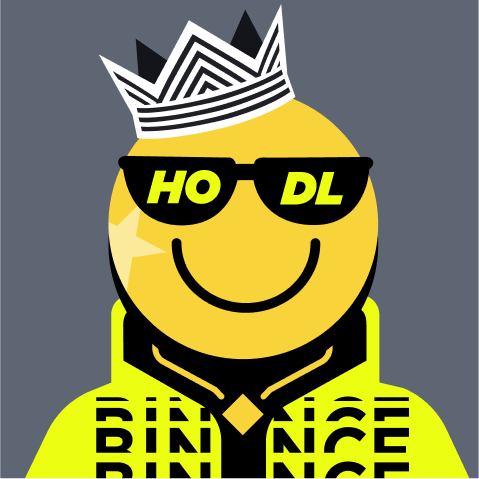Mastering the Art of Reading Candlestick Chart Patterns in Intraday Trading
In the fast-paced world of intraday trading, understanding candlestick patterns is an essential skill for making informed decisions. Candlesticks not only reflect price action but also reveal the underlying market psychology, offering traders a roadmap to anticipate potential market movements. Let’s dive into how you can effectively read and leverage candlestick chart patterns to craft a winning intraday strategy.

What is a Candlestick Chart?
A candlestick chart visually represents the price movements of an asset within a specific time frame. Each candlestick displays four critical price points:
Open: The price at the start of the time frame.
Close: The price at the end of the time frame.
High (Upper Wick): The highest price reached during the time frame.
Low (Lower Wick): The lowest price reached during the time frame.
The body (colored portion) indicates the range between the open and close, while the wicks (shadows) signify price rejections at the extremes.
Key Candlestick Components to Watch
Body:
A long body indicates strong buying or selling momentum.
A short body suggests indecision or consolidation.
Upper Wick (Shadow):
A long upper wick signifies resistance and rejection by sellers.
Lower Wick (Shadow):
A long lower wick indicates support and rejection by buyers.
Wick Rejection Areas:
These highlight key price zones where the market strongly rejects moving higher or lower.
How to Interpret Candlestick Patterns in Intraday Trading
Reversal Patterns
Hammer: A bullish reversal pattern with a long lower wick and a small body at the top, indicating strong buyer entry after a dip.
Shooting Star: A bearish reversal pattern with a long upper wick and a small body at the bottom, signaling a potential drop after rejection at higher prices.
Continuation Patterns
Bullish Engulfing: A larger green candlestick completely engulfs the previous red candlestick, confirming an uptrend continuation.
Bearish Engulfing: A larger red candlestick engulfs the previous green candlestick, signaling a continuation of the downtrend.
Indecision Patterns
Doji: A candlestick with almost equal open and close prices, reflecting market indecision.
Why Candlestick Patterns Matter in Intraday Trading
Real-Time Market Sentiment: Candlestick patterns provide insights into buyer and seller activity, helping you anticipate market direction.
Timing Entries and Exits: Use candlestick signals to decide when to enter or exit trades, minimizing risk.
Identifying Rejections: Wick rejections highlight critical support and resistance zones, aiding in precise trade placement.
Intraday Strategy with Candlestick Patterns
Identify Key Levels: Start by marking support and resistance zones on your chart.
Wait for Patterns at Levels: Look for candlestick patterns forming near these zones for confirmation.
Combine with Volume: Higher volume during pattern formation increases its reliability.
Place Stop Loss: Use the wick of the candlestick as a reference point for stop-loss placement.
Set Realistic Targets: Use nearby resistance or support levels as profit targets.
Pro Tip: Combine with Other Indicators
While candlestick patterns are powerful, combining them with other technical indicators like moving averages or RSI can improve accuracy and reduce false signals.
Conclusion
Candlestick chart patterns are a trader's best friend in intraday trading. They provide an unparalleled edge in reading market sentiment and making well-timed decisions. By mastering candlestick patterns, you can transform chaotic price action into clear trading opportunities. Start practicing today, and watch your trading game reach new heights!
#CandlestickPatterns #PowellAtJacksonHole #tradingStrategy #TechnicalAnalysiss #PriceActionAnalysis


